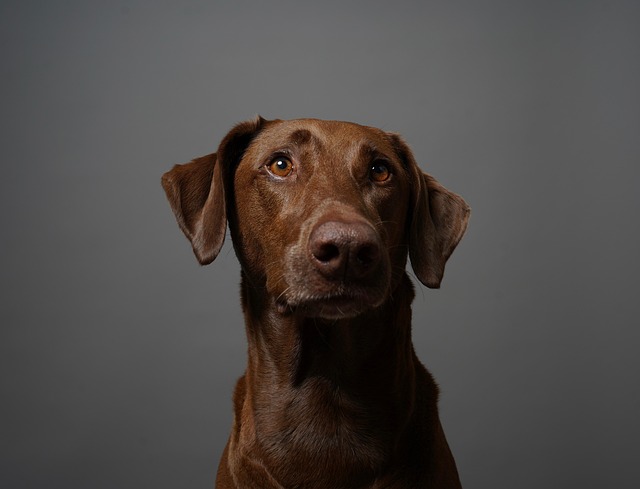
How can I tell if my dog's heatstroke is serious
Let’s be real: It’s a sticky August morning in Los Angeles, and you took your 2-year-old Golden Retriever, Max, for a walk a little later than usual
Dealing with an aggressive dog during eye care can feel like walking a tightrope—you need to protect yourself while making sure the medication does its job. Start by creating a calm environment: dim the lights, turn off the TV, and clear the room of other pets or kids. Aggression often stems from fear, so reducing sensory overload can lower their defenses.
Position yourself wisely. Stand to the side, not directly in front, which many dogs perceive as a threat. Use a non-slip mat on the floor to prevent sudden movements if they try to back away. Some owners find wrapping a towel loosely around their dog’s torso—like a gentle hug—helps them feel more secure, but never restrain too tightly; that can escalate resistance.
Timing matters. Try applying the ointment when your dog is relaxed, maybe after a walk or meal. Offer a small treat before starting to build trust—associate the process with something positive. When ready, use one hand to gently lift the upper eyelid, avoiding direct pressure on the eye itself. With the other hand, squeeze a tiny amount of ointment onto the lower lid, then release slowly. Most dogs blink naturally, spreading the medication without needing to rub.
 Know your limits. If your dog growls, snaps, or shows signs of extreme stress, stop immediately. Forcing the issue risks injury to both of you and can worsen their fear over time. In such cases, consult a vet or certified animal behaviorist—they might recommend sedation for short-term care or behavior modification to address the aggression long-term.
Know your limits. If your dog growls, snaps, or shows signs of extreme stress, stop immediately. Forcing the issue risks injury to both of you and can worsen their fear over time. In such cases, consult a vet or certified animal behaviorist—they might recommend sedation for short-term care or behavior modification to address the aggression long-term.
Stay legal. Many regions require dogs with a history of aggression to be handled by professionals in certain situations. Check local laws—some areas mandate muzzles during veterinary care if a dog has shown violent behavior. A properly fitted muzzle, used with patience, can keep everyone safe while allowing you to administer the ointment. Always pair muzzle use with positive reinforcement to avoid creating more anxiety.
Consistency helps. Repeat the process at the same time each day, keeping it quick and calm. Over time, your dog may learn that the routine isn’t a threat. If progress stalls, don’t hesitate to reach out for help—your vet can suggest alternative medications or techniques tailored to your dog’s needs.
Remember, aggressive behavior is often a cry for help, not defiance. With patience, empathy, and the right approach, you can keep your dog’s eyes healthy while respecting their boundaries.

Let’s be real: It’s a sticky August morning in Los Angeles, and you took your 2-year-old Golden Retriever, Max, for a walk a little later than usual

You're enjoying a summer afternoon at the park when you notice your dog has stopped panting and appears disoriented - their gums are bright red

Let’s paint the picture: You’re in your Denver apartment, watching your 4-year-old Boston Terrier, Ruby, plop down mid-play session with her favorite toy

Many dog owners notice their pets nails seem shorter after regular walks,but how much does this daily activity actually help?The answer depends on where you walk—concrete sidewalks or asphalt streets gently file nails as a dog's paws hit the ground

Most dog owners notice their pup scooting across the carpet at some point, but few connect it to impacted anal glands. These small sacs near a dog’s rectum secrete a scent for marking territory

Most vets agree that regular dog teeth cleaning is key to avoiding painful dental issues later. For healthy adult dogs, a professional cleaning at the vet’s office every 12 to 18 months usually works well.